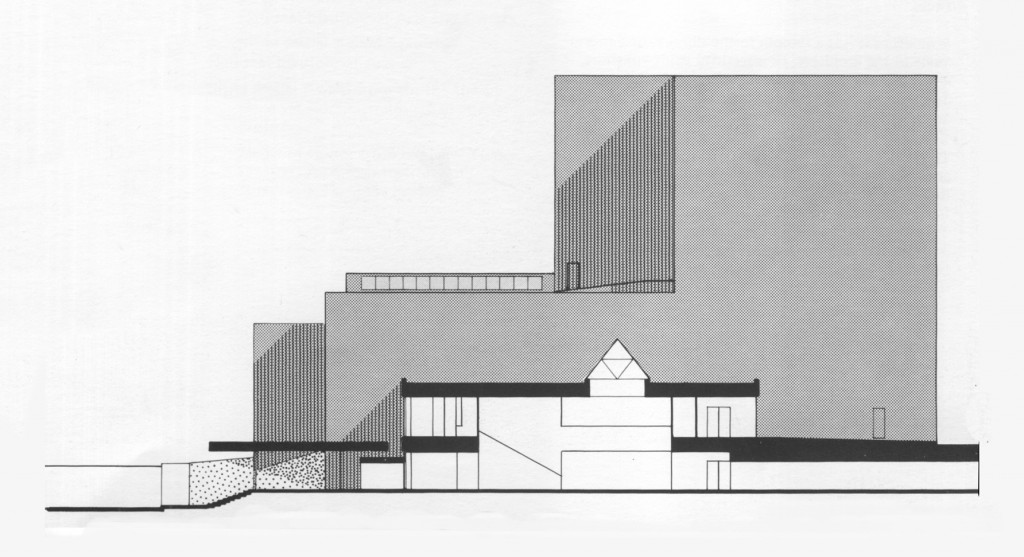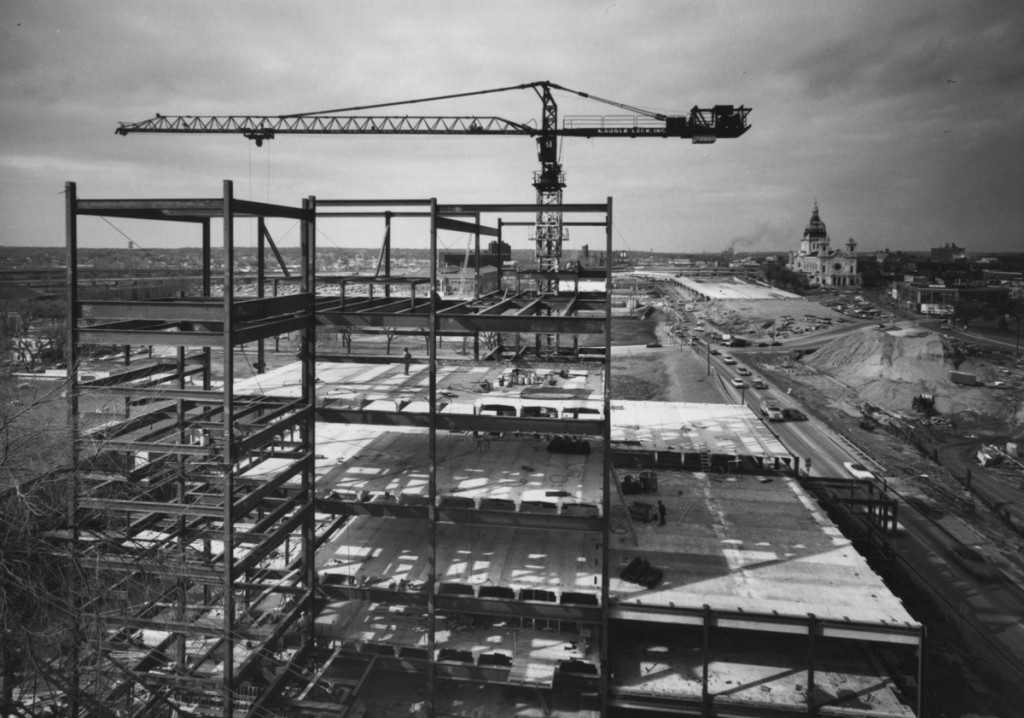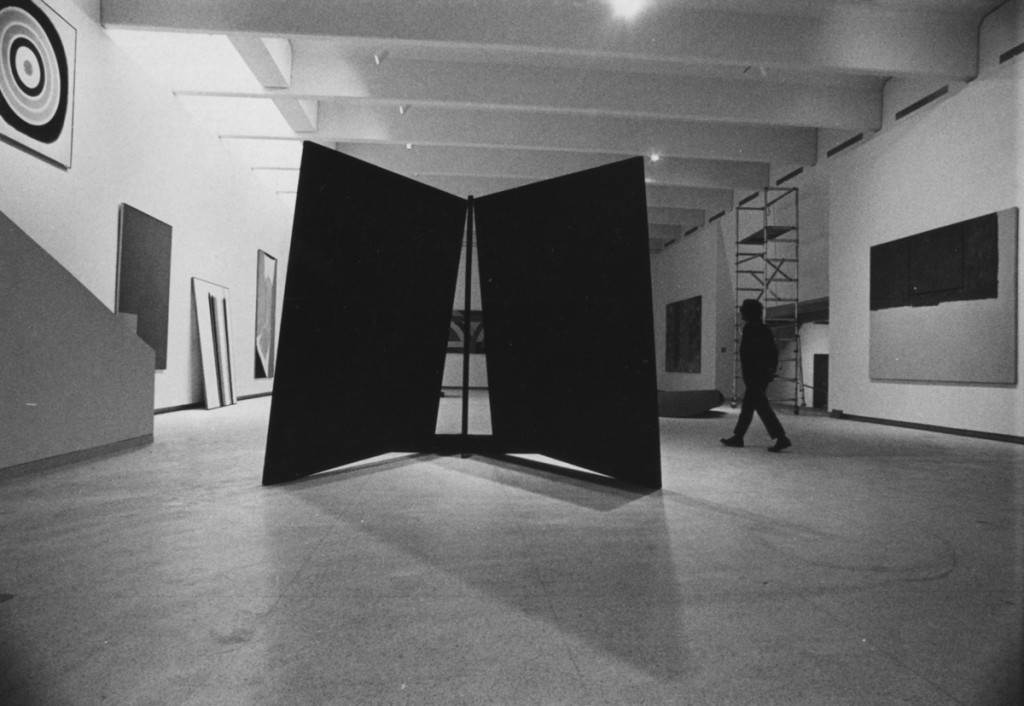What is the relationship between architect and structural engineer? How do they work together? Architects conceive the form. Engineers are the mediators between the idea of the form and its physical realization in concrete, glass, steel, brick, stone, and wood.

As I traverse the country looking at buildings that my father engineered I keep asking: “What did he do here?” Are his creative fingerprints visible on the building? How does engineering support aesthetics? I put these questions to three gentlemen; two engineers and an architect of HGA Architects and Engineers. They are responsible for the recent renewal of the façade of the Walker Art Center in Minneapolis and are therefore intimately acquainted with the building. This famous museum, erected in 1970, was designed by Edward Larrabee Barnes. The structural engineer was Paul Weidlinger.

What’s interesting about the building is that it uses both steel and concrete in its structural framework. John Cook, the HGA architect, speculates about the conversations between Barnes and my father: Barnes probably started with a simple all-steel column and beam design. Paul recommended integrating concrete as he had had previous success using precast concrete elements.
In this case the concrete elements are long “T” shaped girders, with the vertical stems of the Ts resting on the steel framework and the horizontal bars forming both the ceiling and the floor above it.

The result is a beautifully ribbed ceiling and a floor capable of supporting tremendously heavy loads. This was a requirement; floors that could withstand the weight of massive sculptures sometime weighing several tons.
Barnes’ design also stipulated that the T girders themselves be precisely spaced on a 7.5’ grid from wall to wall of each gallery (with no extra, partial spans left over) and that the centerline of each girder be mirrored by a thin line or groove in the terrazzo floor directly below it. The geometry of the plan appears very simple – but from an engineering standpoint it was quite difficult. (Listen to Paul Asp’s comments in the 2nd video below.)
Another challenge had to do with figuring out where to put heating and air-conditional ducts as well as electrical and plumbing conduits. These are usually hidden in ceilings. Because the Walker ceiling-floors are solid exposed concrete other space was needed to put these essentials. Accordingly the walls of the Walker are extremely thick; something the casual visitor to the building would never realize. The three-and-a-half-foot thick walls contain the steel framework of the building, an exterior brick façade, a secondary masonry façade, space for all the conduits and the interior sheetrock walls.
The museum’s galleries are laid out in such a way that they spiral around a central core, which contains elevators and stairs. The slowly ascending spiral, where one climbs up just a few broad steps, from one gallery to the next, was another engineering challenge.
Watch the three videos below:
The first considers the building from the architect’s perspective. It uses for its narration excerpts from the architect’s statement describing his vision and intent for the building. I filmed the movement of people through the gallery spaces in the museum to illustrate Barnes’ concept of flow.
The second considers the building from the engineer’s perspective. John Cook imagines a conversation between Barnes and Weidlinger. Paul Asp and Yan Shagalov elaborate on the engineering challenges posed by the architect’s design.
The third is a tightened edit of a 1970 home movie of the construction of the building. The movie, with its 70’s jazz soundtrack, was provided by the Walker Art Center Archives.
Walker Art Center – Architect’s Perspective from Arc Light Digital Media on Vimeo.
Walker Art Center – Engineer’s Perspective from Arc Light Digital Media on Vimeo.
Walker Art Center Under Construction – 1970 Home Movie from Arc Light Digital Media on Vimeo.
Richard Stangl
September 18, 2014 at 6:52 pmWow Tom, Just Wow. I have enjoyed the Walker (maybe not the art there at times) but had no idea of the back story, even as a past architecture sudent so many years ago.
Look forwardto more.